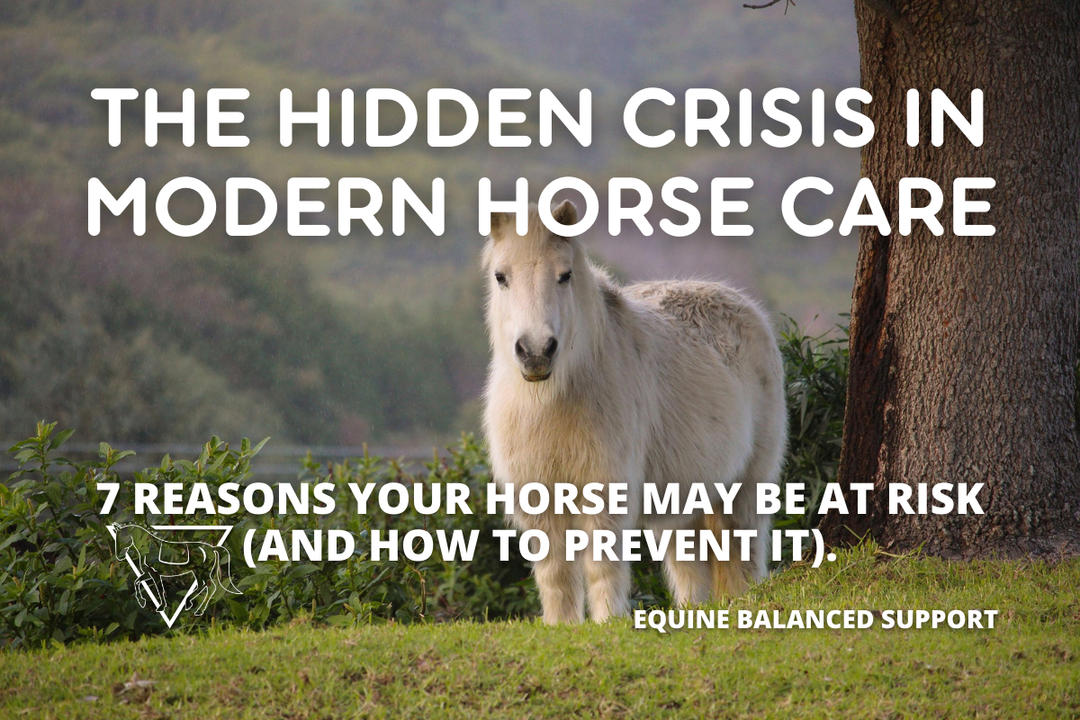The Art of Timing in Horsemanship | Improve Your Riding Skills

The Art of Timing in Horsemanship: Seeing What You Don't Realize You're Seeing
In 2004, Major League Baseball players stepped up to the plate, ready to face an unexpected opponent—Jennie Finch, an Olympic softball pitcher. These were some of the best hitters in the world, trained to read pitches and make split-second decisions. Yet, one by one, they struck out.
Why?
It turns out that while baseball players believe they are watching the ball, they're actually—without realizing it—reading the pitcher's arm movement to predict where the ball will go. Finch's pitching motion was entirely different from what they were used to, throwing off their subconscious ability to time their swing.
This phenomenon is not unique to baseball. It happens in horsemanship, too.
The "Natural" Horse Person—What Are They Really Seeing?
We've all heard about the "natural" horseman—those who seem to know what to do at precisely the right moment. They can anticipate a horse's next move, apply an aid with impeccable timing, and get seemingly effortless results. Then, some achieve great success with horses but struggle to articulate exactly how they do it. When asked, they might say they "just felt it" or "could see it coming."
But what are they actually seeing?
Just like the baseball players who weren't consciously aware of how they processed the pitcher's movements, these horsemen are picking up on subtle physical and mental cues from the horse—sometimes without even knowing it.
Bringing the Unconscious into Conscious Awareness
Several years ago, I worked with a client returning to riding after an injury. She was struggling with something second nature to me—mounting her horse. She asked me, "How do you line yourself up to mount?"
For a moment, I was stumped. I mount horses all day long without thinking about it. I had to physically climb onto the mounting block and go through the process myself to break down the steps of what I was doing. Meanwhile, if she had asked me how to ride a leg yield—something far more complex—I could have explained it immediately, in great detail, because I teach it so often.
That experience made me reflect: When I explain a leg yield, am I telling people exactly what I feel and do? Or just what I think I'm doing?
That moment of reflection changed the way I teach. I started paying closer attention to every subtle shift, pressure, and response I felt from the horse. I realized that to be a better instructor, I needed to bring my unconscious skills into conscious awareness, breaking them down so I could pass them on more precisely.
This same principle applies to timing in horsemanship. How many skilled riders and handlers are making decisions based on things they don't even realize they're seeing? And more importantly—how much better could we all become if we learned to recognize, articulate, and refine those skills?
Timing is Everything—But What Are You Timing?
To be genuinely effective in riding and handling horses, you must have excellent timing, but your timing isn't just about reacting quickly; it's about responding at the right moment. This requires understanding what's happening beneath you in the saddle or beside you on the ground. But how many people truly know what information they are gathering to make these decisions?
For example:
- When riding, a well-timed leg aid doesn't just mean applying pressure—it means applying it when the horse is physically able to respond. Asking for a canter depart as the inside hind leg leaves the ground creates a smooth, balanced transition. Asking at the wrong moment forces the horse into an awkward, scrambling movement.
- On the ground, correcting a horse that lags behind isn't just about tugging the lead rope—it's about when and how you apply the pressure. If you catch the horse at the exact moment they think about stepping forward and release the pressure immediately, you reinforce the correct response with perfect clarity.
Developing the Skill of Conscious Awareness
The best horse people aren't just reacting—they are predicting. They are reading micro-movements in the horse's body, subtle changes in muscle tension, ear flicks, eye softness, and breathing rhythms—all of which signal what the horse is about to do next.
So, how do we develop this skill?
- Slow Down and Observe – Spend time simply watching horses. Observe how they shift weight before moving and how their expressions change before they react.
- Break Down Your Aids – When riding or handling, focus on exactly when you apply pressure and release.
- Film Yourself – Video can reveal patterns in your timing.
- Work with Those Who Can Explain Their Timing – Learn from professionals who can break down their timing into clear steps.
Conclusion: Mastering the Unseen
Like those baseball players, many horse people respond to cues they aren't consciously aware of. The difference between good and great timing often lies in understanding what you see before you react. The more we refine our ability to recognize these details, the better we become at riding, handling, and effectively communicating with our horses.
It's not just about keeping your eye on the ball—it's about knowing how you see it in the first place.





Leave a comment